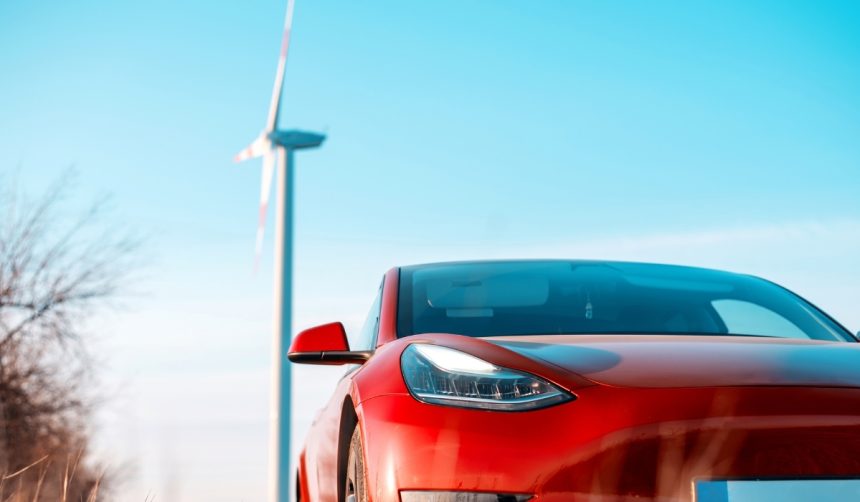Autonomous vehicle adoption in major US cities faces renewed scrutiny as Waymo increases the size of its driverless ride-hailing fleet in the Bay Area. Changes in publicly disclosed figures have stirred curiosity about competitive dynamics among operators. While Tesla and Waymo pursue differing technology paths—Tesla with cameras, Waymo with LiDAR—the scale and strategy of operations form a key part of the evolving market story. Concerns about safety, city infrastructure, and service reach persist even as more autonomous vehicles appear on public roads.
Looking over recent developments, Waymo’s approach appears to focus more on fleet scaling rather than rapid expansion of service areas. Previous updates showed Waymo’s deployment in San Francisco hovering around 250-300 vehicles, with national presence steadily climbing. Unlike Tesla, which emphasizes incremental area coverage, Waymo’s surge in operating vehicles signals a shift toward density in key markets. Tesla’s competitor model and service area management, together with Waymo’s ongoing rollout, continue to attract attention from analysts tracking fleet size, safety outcomes, and adoption trends.
Waymo Surges Robotaxi Fleet in San Francisco
The number of operational Waymo vehicles in California has jumped considerably, now totaling 1,429 according to California Public Utilities Commission (CPUC) data. Of these, 875 units are linked to San Francisco terminals, signifying a rapid increase from the March figure of 762. This expansion supports growing demand for ride-hailing services, as well as responding to testing and regulatory requirements unique to each region.
How Do City Expansions Shape the Industry?
Waymo has not only added vehicles but widened its reach within existing urban areas. Its Austin, Texas, geofence now encompasses 90 square miles, signaling aggressive efforts to claim urban territory. Tesla responded by expanding its own Robotaxi coverage to 170 square miles, suggesting that numerical growth in fleets is matched by territorial rivalry.
What Distinguishes Waymo and Tesla’s Self-Driving Strategies?
Divergence between the two fleet operators continues at the technical level. Waymo adopts LiDAR as a core technology, while Tesla depends exclusively on camera vision for autonomous navigation. This core variance shapes their deployment practices and informs public perception. Speaking about the initiative, Waymo stated,
“We are committed to responsibly scaling our driverless technology in new and existing markets.”
The company also emphasized,
“Operational transparency and safety remain our top priorities as we expand.”
Public reports suggest evolving reactions as city dwellers and regulators assess these contrasting approaches.
When observing the progression of autonomous fleet expansion, sector watchers note both an elevation in the absolute numbers of deployed vehicles and a multiplication of service areas. Waymo’s strategy heavily orients toward bolstering fleet availability in dense markets, often reporting higher vehicle counts than early analyst estimates. In response, Tesla shifts to cover broader territories, albeit with fewer vehicles per area, maintaining a strong focus on safety assessment and iterative service deployment. Over time, these dynamics may affect service convenience, wait times, and eventual user adoption.
For readers evaluating autonomous ride-hailing, fleet size and territory are as critical as the technological platforms that steer each vehicle. Urban residents should consider the operational nuances, regulatory responses, and transparency commitments of companies like Waymo and Tesla when relying on these next-generation transport services. Decisions about which technology to use—or which service to trust—rely as much on daily fleet availability and ongoing city integration as on the hardware underneath each vehicle. Keeping abreast of CPUC data updates gives insight into industry momentum, and watching how service geofences and vehicle counts fluctuate can provide a practical measure of actual progress beyond branding or announcements.
- Waymo’s autonomous vehicle fleet saw rapid expansion nationwide, especially in San Francisco.
- Tesla and Waymo employ distinctly different vehicle technologies and deployment strategies.
- Fleet size, safety, and operational area drive adoption in major US cities.










